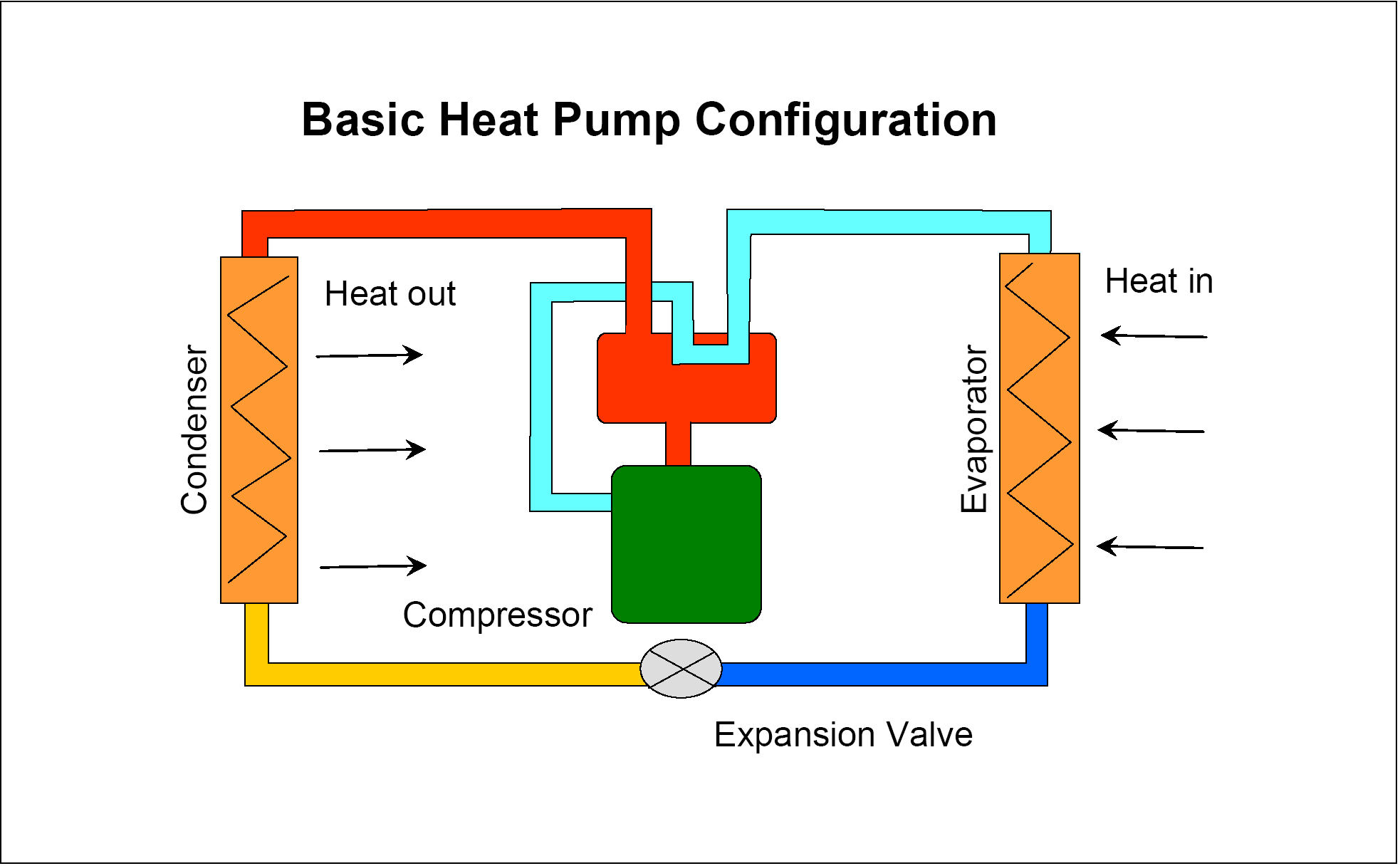Electrification Regulations for Rental Property Owners & Managers to Watch
by Brenna Shafizadeh, East Bay Dwellings
There are many recently passed electrification regulations in California for property managers to be aware of, particularly since some of them will affect existing buildings. For example, in the spring of 2023 the Bay Area Air Quality Management District, which covers nine counties in the Bay Area, passed amendments which will ban the sale of gas water heaters starting in 2027 and gas HVAC systems starting in 2029. If you manage a rental property in the Bay Area and expect to replace a gas water heater any time after 2026, you may want to look into the financial incentives that are currently available to help lower the costs when you’ll have to transition from gas to electric.
What are the reasons for these new regulations? Well, in the not-too-distant past, there was little reason for most people to electrify since so much of the electricity was generated from coal and fossil fuels. But that has recently changed, and at the same time, significant research has come out which links the specific pollutants of burning of fossil fuels to various health conditions such as asthma and Alzheimer’s.
In response, we’re seeing many, many entities that have either already enacted some sort of electrification ordinance, or are in the process of doing so. Some are doing this in order to meet their legally binding climate goals, while others are doing it for health reasons. And some, such as PG&E, are looking at electrification to save money! Not yours, theirs. In early 2021, just a few years after the Paradise fire, Hannah Kaye and Kelly Cunningham from PG&E presented a webinar explaining that due to the costs necessary to update their equipment, they planned to incentive electrification in order to bring their overall costs down. They are already doing this by raising gas rates at a faster rate than electric rates, in addition to other methods.
The complete list of where we find momentum towards electrification is too big to go over in this article. Many California cities and counties have enacted some sort of electrification ordinance, and statewide entities such as the California Energy Commission and the California Air Resources Board! So, we find ourselves in a time of transition, which can be challenging. Common concerns include costs, finding contractors, electric panel loads, and grid reliability. Let’s review each of these from the perspective of a property manager to see where you might find help.
Costs: There can be a wide cost range to electrify an existing building! But costs can be brought down by educating yourself. First, look into the incentives that are available by going to SwitchIsOn.org. This resource offers a full list of incentives that are available based on zip code, and many times these incentives can be stacked when more than one is available. The second thing you’ll need to do is find an educated contractor. Contractors who are not trained or experienced with installing high-efficient electrical heat pump equipment give much, much higher quotes.
Contractors: Many contractors have not yet been trained in installing heat pump electrical equipment. You’ll want to find someone who is trained and experienced in order to bring costs down, and to ensure that the work is done properly. You can find these contractors in your area by going to SwitchIsOn.org.
Electric Panels: Older buildings may be challenged to handle the increased load of electrifying additional appliances. Panels can be upgraded, but this process can be cost prohibitive. If this is of concern to you, check out the Watt Diet. The Watt Diet is a free resource that can help you electrify without having to upgrade your panel: redwoodenergy.net/watt-diet-calculator Grid Reliability: While PG&E is working on hardening the grid for increased reliability, the process is slow and therefor grid reliability remains a concern for both property managers and renters. In fact, it seems that innovation in appliance technology may address this issue sooner than utility companies.

Heat pump water heaters, for example, can “bank” additional hot water to carry you through a planned outage. Light bulbs with built-in batteries will continue to work during an outage, as well as induction cook ranges. It is expected that the number of appliances with built-in batteries will continue to expand, making it possible to not only use them during an outage, but also to save on utility costs by powering up when electric costs are lower and using only the battery when costs are higher.
Lastly, it may not make sense to electrify if, for example, you’ve just put in a new gas waterheater. However, if a regulation is in place in your area that will mandate you having to switch in the future, you’ll want to be prepared in advance. While replacing a gas water heater may mean that your tenants are without hot water for a few hours, it could take much longer- weeks even! - if you are replacing it with a heat pump water heater, depending on the challenges of your building. There is a great variety of building types in California and each one presents its own unique challenges whenever updates are required. But you can do much of the prep work to get your building ready in advance, and keep your future tenants happy. So, one more resource: If you would like help in considering electrification for your building, check out QuitCarbon.com. This free resource offers comprehensive and fully-customized planning to help you transition to high-efficiency buildings, and will help you with your unique concerns and challenges.
Overall, there are many changes coming as the country moves towards more renewable energy sources. While these regulations will present a challenge for most of us, we owe it to ourselves and to our customers to prepare and to be one step ahead of the rule changes.
